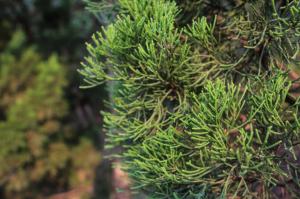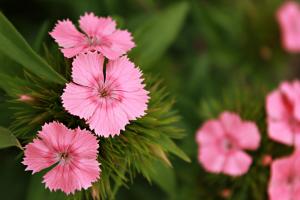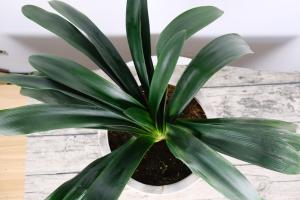Understanding the Causes of Yellowing Tomato Plant Leaves
Tomatoes are one of the most common and beloved plants grown in home gardens. However, when you notice your tomato plant leaves yellowing, it is a cause for concern. Yellowing leaves can indicate a variety of problems, such as disease, nutrient deficiencies, or environmental issues. In this article, we will explore the different causes of yellowing tomato plant leaves and what you can do to address them.
Poor Soil Conditions
The quality of the soil in which you grow your tomato plants plays a crucial role in their overall health. If the soil is too compact or lacks essential nutrients, it can affect the plant's ability to absorb moisture and essential nutrients, leading to yellowing leaves. Inadequate drainage can also cause yellowing leaves, as standing water can lead to root rot, damaging the plant from the bottom up.
To ensure that the soil quality is optimal, use a pH testing kit or send a soil sample to your local extension office to determine if your soil needs to be amended with nutrients such as phosphorous, nitrate, or potassium. Supplemental fertilization, such as a slow-release granular fertilizer, can also be effective.
Environmental Issues
Tomatoes are a warm-season crop and require specific environmental conditions to thrive. Too much or too little sunlight, extreme heat or cold, or exposure to high winds can cause yellowing leaves. Additionally, overwatering or underwatering can lead to yellowing leaves as the plant's ability to absorb water and nutrients will be affected.
To prevent environmental problems, make sure your tomato plants are planted in a location that is protected from strong winds and receives at least six hours of sunlight per day. Monitor soil moisture levels regularly and only water the plants when the soil feels dry to the touch.
Pest and Disease Issues
Pests and diseases can wreak havoc on tomato plants, causing yellowing leaves, stunted growth, or death. Common tomato plant pests include aphids, whiteflies, and spider mites, while common diseases include early and late blight, septoria leaf spot, and bacterial canker.
To prevent pest and disease issues, practice good garden hygiene by removing dead or diseased plant material promptly. Additionally, inspect your tomato plants regularly for signs of pest or disease issues and address them promptly using an organic control method or a chemical pesticide, if necessary.
Conclusion
In conclusion, yellowing tomato plant leaves can indicate a variety of problems and require careful attention to address. While addressing the underlying problem can take some effort, it's important to keep in mind that healthy tomato plants lead to bountiful harvests. By addressing the root cause of your plant's yellowing leaves, you can restore your tomato plants to health and ensure a healthy, delicious harvest for years to come.

 how many times do yo...
how many times do yo... how many planted tre...
how many planted tre... how many pine trees ...
how many pine trees ... how many pecan trees...
how many pecan trees... how many plants comp...
how many plants comp... how many plants can ...
how many plants can ... how many plants and ...
how many plants and ... how many pepper plan...
how many pepper plan...






























